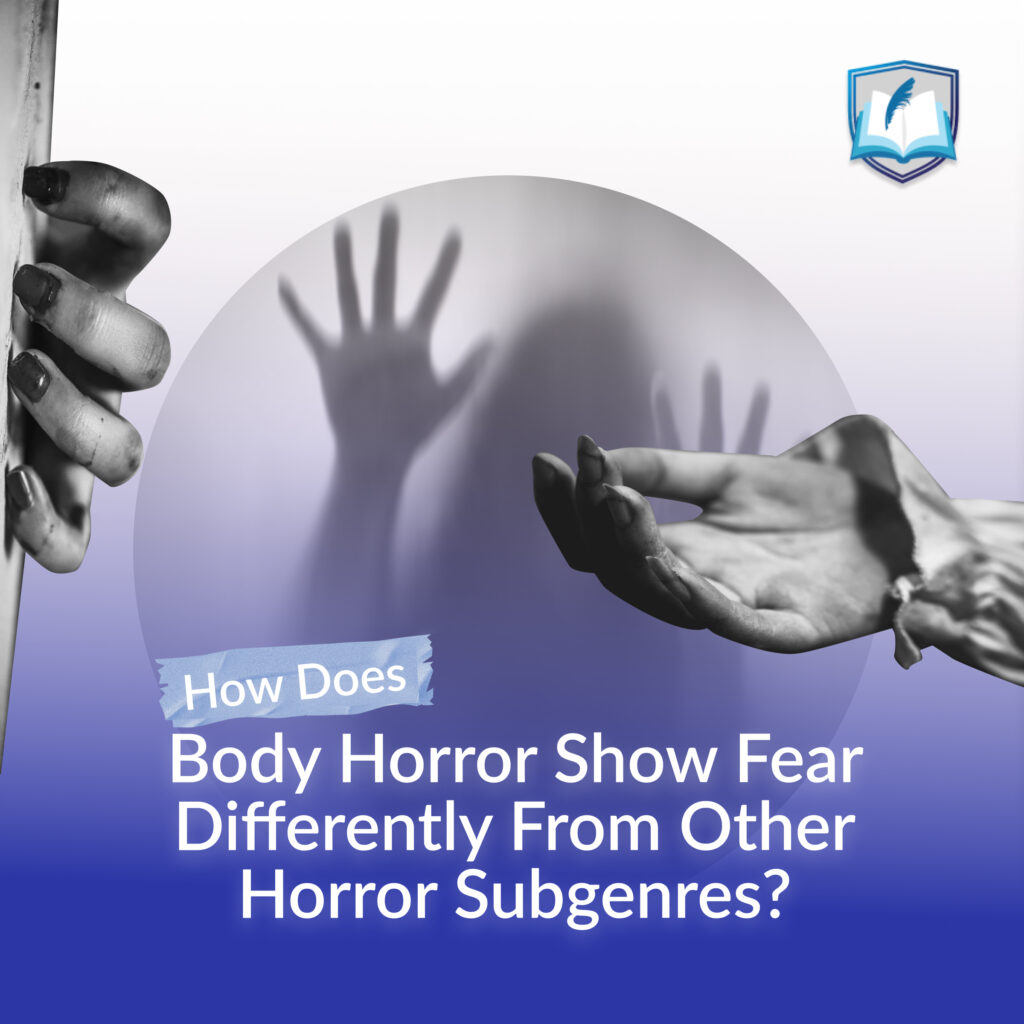How would a visual representation of our fear look? This comprehensive guide explores the use of body horror as a potent storytelling device in film and television.
Body horror may seem like the stuff of nightmares, but filmmakers and television writers use it as a potent storytelling device to explore some of our most primal fears. Discover how body horror has become an integral part of both mainstream and independent productions with this comprehensive guide.
Learn the Origins of Body Horror
Body horror has its origins in Gothic literature and film, folklore, and global mythology. By utilizing these themes and motifs, filmmakers have been able to portray phobias such as the fear of death, loss of control, transformation, and lack of autonomy. From J-horror to slasher films, body horror frequently exploits our most primitive phobias.
Analyze its Development in the History of Media
Body horror has been a staple of horror films for decades, evolving and adapting as new genres have emerged. From the earliest days of cinema to contemporary blockbusters, body horror has taken a variety of forms, from gruesome mutations in classic monster movies to painful possession stories in religious thrillers. Explore how filmmakers have used body horror to push boundaries, tell unique stories, and create potent visuals that represent our collective fears.
Identify Visual Elements Common to Body Horror
Body horror frequently incorporates transformation or mutation of the body, as well as themes of pain and dread. In body horror films, visual elements such as rotting skin, deformed muscles, insect-like projections, and distorted facial features can be observed. They serve as visual indicators of the protagonist’s physical suffering, emphasizing their emotional turmoil as they struggle to adapt to the physical transformations that are occurring.
Analyze its philosophical themes and allusions
Body Horror can parallel philosophical questions about self-identity and the grotesque dismemberment of social roles. It can also be used to evoke paranoia, oppression, and uncertainty, alluding to the dystopian aspects of our society as they pertain to science, government, and corporations. Transformation of the body can also be viewed as a form of dark comedy, providing a measure of black humor for our times. Body horror may initially make us feel uneasy, but its profound undertones should not be overlooked.
Appreciate the Adaptability and Potential of Body Horror Representations
Body horror is adaptable and can be found in a variety of genres and settings. Horror filmmakers are constantly innovating new approaches to body horror visuals, pushing the boundaries of what has been done previously. In addition to shock value, it can also be used to create suspense or psychological horror scenes. As a result, body horror provides a novel means of communicating fear by giving physical form to abstract emotions such as dread and despair. It is therefore not surprising that such depictions have become so pervasive in our culture, serving as potent catalysts for parental guidance and social debates.
Body horror is a type of horror film that focuses on the physical transformation of characters, usually through mutations, diseases, or other bodily changes. It’s a type of horror that can be particularly effective in depicting the fear of physical and psychological transformation.
Unlike other horror subgenres, body horror focuses on the physical changes that can happen to a person’s body, rather than relying on jump scares and supernatural beings. The fear of one’s body being taken over or changed in some way can be incredibly powerful, and body horror films are effective in conveying this fear to viewers. Body horror also serves to highlight the anxieties that come from the fear of illness and mortality.
By showing the physical and psychological changes that a character undergoes, body horror can make audiences confront the fear of illness and death.




